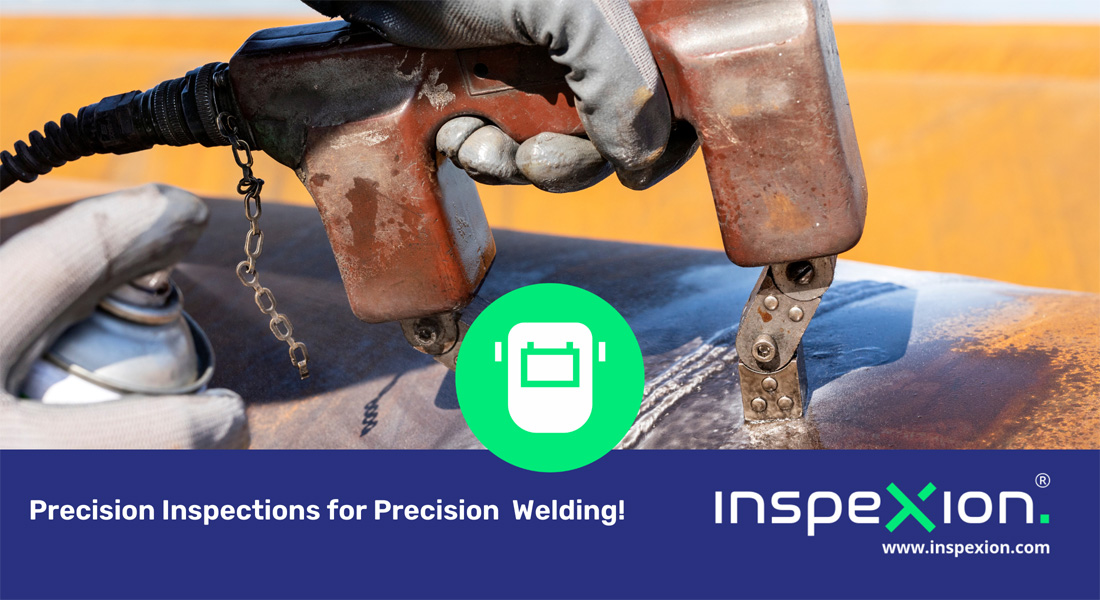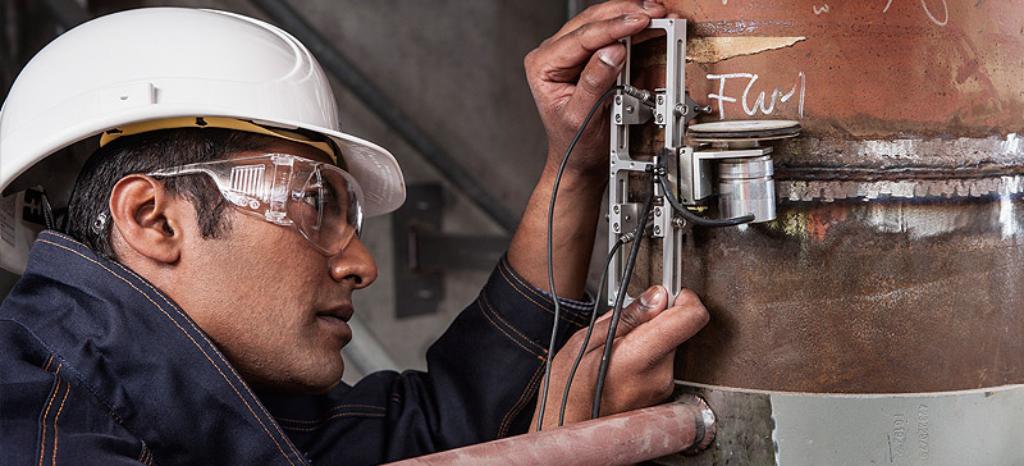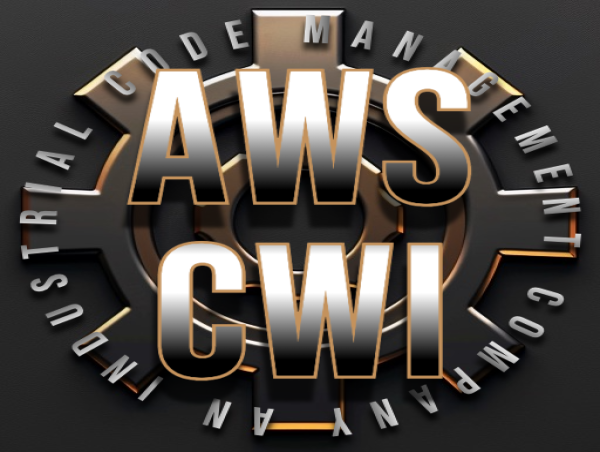
Checking Out the Different Methods and Specifications of Welding Inspection for Getting Conformity and Dependability in Engineering Applications
The importance of welding inspection in engineering applications can not be overstated, as it serves as an essential guard for making sure architectural honesty and conformity with sector standards. Numerous methods, including visual assessment and advanced non-destructive screening strategies, supply vital insights into the high quality of welds. Adherence to well-known regulative criteria such as those from AWS and ASME develops a framework for accountability and quality. Nonetheless, the landscape of welding inspection is continually advancing, prompting a closer evaluation of emerging methods and their effects for design dependability. What might these developments entail for future projects?
Value of Welding Evaluation
Welding evaluation plays a critical function in making certain the honesty and safety and security of welded structures. This process entails the methodical evaluation of welds to confirm conformity with established requirements and requirements. The relevance of welding inspection can not be overemphasized, as it works as a safeguard against potential failures that can arise from inadequate welding practices. With rigorous evaluation, flaws such as cracks, gaps, and insufficient fusion can be recognized early, consequently avoiding devastating failings that might result in structural collapse or safety and security dangers.
Moreover, welding assessment is vital for preserving high quality guarantee throughout the welding process. It ensures that the welds fulfill the necessary mechanical and physical properties required for their desired applications. Routine assessments additionally promote a culture of liability and constant renovation within welding operations, encouraging adherence to finest practices and sector criteria.
In controlled markets such as manufacturing, building and construction, and aerospace, stringent welding evaluation protocols are mandated to abide by lawful and safety needs. Eventually, reliable welding examination not just secures human life and building however likewise boosts the longevity and dependability of bonded structures, making it an essential facet of engineering and construction.

Typical Welding Inspection Approaches
A range of examination approaches are employed to examine the quality and integrity of welds, each customized to discover specific kinds of issues. Amongst one of the most common methods is aesthetic assessment, which entails a thorough evaluation of the weld surface to recognize noticeable problems such as fractures, damages, and insufficient combination. This approach is commonly the initial action in the evaluation process as a result of its simplicity and cost-effectiveness.
Another widely used method is radiographic inspection, where X-rays or gamma rays permeate the weld to expose interior issues. This method is particularly efficient for identifying porosity and inclusions within the weld product. Likewise, ultrasonic screening employs high-frequency acoustic waves to determine interior defects, providing an in-depth evaluation of the weld's integrity.
In addition, magnetic fragment evaluation is utilized for ferromagnetic products, enabling the discovery of surface area and near-surface flaws by observing and applying magnetic fields bit patterns. Color penetrant screening involves applying a fluid dye to the weld surface, exposing cracks and various other stoppages upon evaluation (Welding Inspection Milwaukee). Each of these approaches plays an important function in making sure weld quality and compliance with industry requirements
Non-Destructive Evaluating Methods
Non-destructive testing (NDT) techniques are important tools in the analysis of weld high quality, permitting inspectors to evaluate the integrity of welded joints without creating damage to the products. Numerous NDT approaches are utilized to identify potential issues, making certain that welds meet the called for standards for security and performance.
One of one of the most common methods is ultrasonic testing (UT), which makes use of high-frequency sound waves to identify inner imperfections such as gaps or fractures. Radiographic screening (RT) uses X-rays or gamma rays to generate images of welds, exposing any type of gaps within the material. Magnetic particle screening (MT) works for finding surface and near-surface flaws in ferromagnetic materials via the application of electromagnetic fields and contrasting fragments.
Liquid penetrant screening (PT) is another extensively utilized approach that involves applying a color to the surface area of the weld, which seeps into any type of fractures, making them visible under ultraviolet light. Each of these techniques supplies special advantages and constraints, and the option of a proper technique is crucial to accomplishing accurate analyses of weld integrity. Ultimately, the application of NDT strategies dramatically contributes to the reliability and security of engineering applications.

Regulative Criteria and Compliance
In the world of welding inspection, adherence to regulative criteria and compliance is critical to make sure the safety and integrity of welded frameworks (Welding Inspection Milwaukee). Numerous organizations, consisting of the American Welding Culture (AWS), the American Culture of Mechanical Engineers (ASME), and the International Company for see here now Standardization (ISO), have actually developed standards that govern welding practices and inspection treatments. These criteria offer a structure for quality control, detailing the essential qualifications for assessors and the methods for evaluating weld stability
Compliance with these regulatory requirements not only enhances the architectural integrity of welded assemblies but additionally mitigates risks associated with failures, which can have devastating effects. Inspections have to be executed using specified treatments, consisting of aesthetic, ultrasonic, and radiographic approaches, to make certain that welds meet defined standards.
In addition, adherence to these criteria is usually called for by legislation, especially in markets such as building and construction, aerospace, and manufacturing. Normal audits and accreditations are important to preserve conformity, thereby cultivating a culture of safety and security and top quality within organizations. Ultimately, governing standards and compliance act as the backbone of trustworthy welding evaluation methods, guaranteeing that crafted structures meet both performance assumptions and security demands.
Best Practices for Welding Evaluation
While maintaining conformity with governing standards is crucial, carrying out ideal techniques for welding inspection further enhances the safety and honesty of bonded structures. Efficient welding examination starts with detailed preparation, which includes recognizing the certain needs of each task and making sure assessors are well-trained in relevant methods and requirements.
Using a thorough evaluation list aids to ensure all essential elements are examined, such as weld dimension, infiltration, and visual defects. Non-destructive screening (NDT) techniques, such as ultrasonic or radiographic testing, must be used where ideal, providing a much more thorough analysis of weld quality without compromising the integrity of the materials.
Paperwork plays a considerable function in finest methods; preserving precise records of examinations, consisting of photos, examination results, and compliance reports, makes sure responsibility and assists in future evaluations. Furthermore, cultivating a culture of open interaction between welders and assessors can cause early identification of potential concerns, advertising instant restorative actions.
Verdict
In recap, the execution of extensive welding assessment methods and adherence to established criteria are important for making sure compliance and reliability in design applications - Welding Inspection Milwaukee. Methods such as visual examination, radiographic screening, and ultrasonic testing function as essential devices in keeping and determining defects quality control. By fostering a society of responsibility and excellence, companies can enhance the honesty and durability of bonded frameworks, ultimately adding to the security and effectiveness of design projects
Numerous techniques, see this site consisting of visual inspection and progressed non-destructive testing methods, offer essential understandings right into the quality of welds.Welding examination plays an important function in ensuring click to find out more the stability and safety of welded frameworks.A variety of examination techniques are used to assess the high quality and honesty of welds, each tailored to discover specific kinds of issues.Another commonly made use of approach is radiographic evaluation, where X-rays or gamma rays pass through the weld to reveal interior flaws.In the world of welding inspection, adherence to regulative standards and compliance is paramount to make sure the safety and security and reliability of welded structures.
Comments on “Top Factors to Pick Specialist Welding Inspection Milwaukee Services”